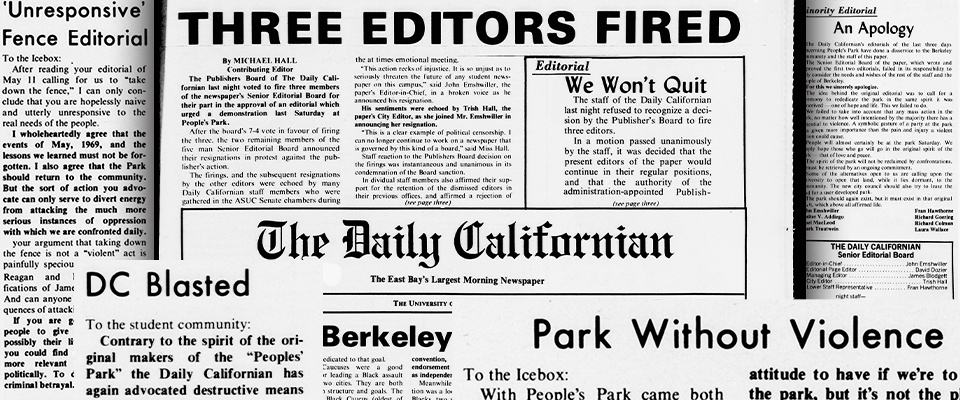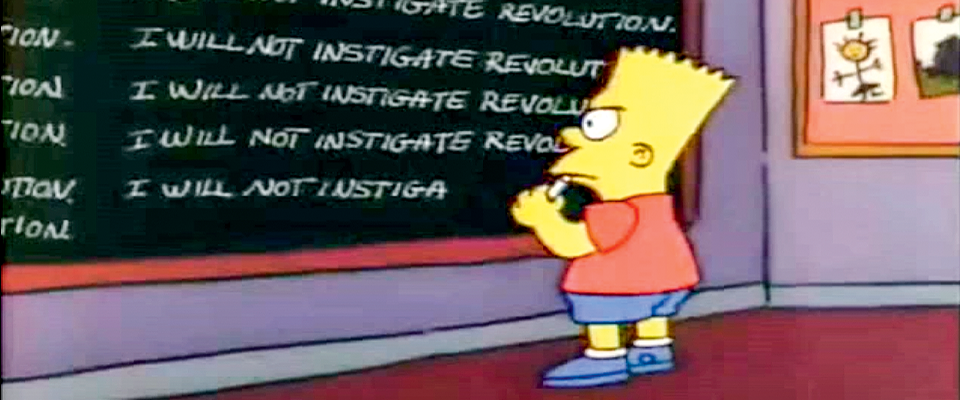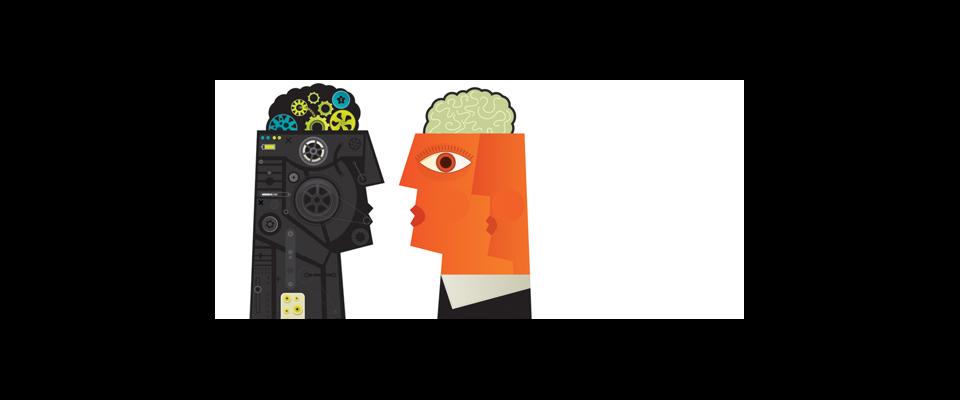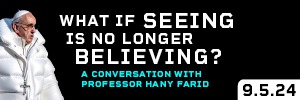50 years after the paper parted ways with the University, a former staffer revisits the controversial editorial that sparked the Daily Cal’s independence.
Editor’s note: The Daily Californian, Berkeley’s student newspaper, marks two momentous anniversaries this year. The first is its founding, 150 years ago. Since 1871, the paper—originally called the College Echo—has been published continuously, reporting on the campus and community through world wars and loyalty oaths, depression and recessions, student rebellions and global pandemics.
The second milestone the paper marks is the 50th anniversary of its independence, both financially and editorially, from the University, a development that occurred after a controversial editorial ran in May, 1971, which may or may not have provoked a riot. The recollection that follows is written by one of those closest to the events—the editor of the editorial page at the time.
The paper tells its own story, of course, as archived articles and correspondence to the letters section offer a window to those tumultuous times in Berkeley, when “the people” blithely parroted Mao (“Let a thousand parks bloom!”) and bickered about the protest schedule, but also differed sharply in their views concerning the limits of free speech, the responsibilities of journalism, and what constitutes violence.
ON THE EVENING OF MAY 10, 1971, Berkeley student Fran Hawthorne was sitting in her apartment doing homework when the phone rang. John Emshwiller, editor in chief of the Daily Californian, was calling. Hawthorne first enrolled in 1969 and joined the newspaper in the fall, 1970. An English major, she was elected by the reporting staff to represent them on the senior editorial board. The second anniversary of the People’s Park riot was approaching, and the paper’s senior editorial board, which included me, wanted to run commentary commemorating the bloody clash between protesters and police.
People’s Park was quintessentially a local Berkeley issue. But the park was nested within a radical movement that stood in opposition to the Vietnam War, racism, sexism, and the destruction of the planet.
To that end, Jim Blodgett, the managing editor, wrote an editorial inviting readers to a “party” at People’s Park. In preparation, he suggested that “certain businessmen and dealers will donate food, dope or wine. Someone else may volunteer some wire-cutters. Whatever.” Given that the park was fenced off by authorities, the wire-cutters remark struck some on the editorial board as an incitement. Now we were split, with two editors, including me, voting to run it and two voting against. As the fifth member of the board, Hawthorne’s vote would be decisive.
The following morning, a front-page headline in the Daily Cal appeared: “Let’s Go Down And Take The Park—Again.”
Two years earlier, on what became known as “Bloody Thursday”—May 15, 1969—the Daily Cal had reported on the riot at People’s Park, the disputed plot of land south of campus, indisputably owned by the University but claimed by residents and students, who planted flowers and vegetables there. The trouble started at around 5 a.m., when police cleared the area, arresting three. An 8-foot wire mesh fence was quickly erected. In response, park defenders called an impromptu rally at noon in Sproul Plaza. ASUC President-elect Dan Siegel spoke last, encouraging those at the rally to “go to the park now.” By then, a crowd of at least 2,000 was already surging toward the park.
Accounts of what happened next vary, with some reporting that protesters threw bottles and rocks. What is known is that police shot and killed James Rector, an unarmed bystander, and blinded another bystander, Alan Blanchard, with a shotgun blast. In all, 30 protesters were shot by cops. Three policemen were injured, one was stabbed. None of the police injuries was life-threatening. Despite federal efforts to hold 12 Alameda County sheriff’s deputies accountable for their criminal conduct, six were acquitted. Charges were dismissed against the others.

People’s Park was quintessentially a local Berkeley issue. But the park was nested within a radical movement that stood in opposition to the Vietnam War, racism, sexism, and the destruction of the planet. Ronald Reagan, California governor at the time, demonized Berkeley protesters. In 1966, he ran on a platform to “clean up the mess in Berkeley,” and later said of the student uprising, “If it takes a bloodbath, let’s get it over with. No more appeasement.” The Vietnam War was going poorly for the U.S. With the election of President Richard Nixon in 1968, the U.S. began secret bombings in Cambodia, followed by an invasion of that country by U.S. and South Vietnamese forces. The left was fragmented, as many grew more militant. The Weather Underground spun off from Students for a Democratic Society. The Weathermen used bombings to further their “war” on American imperialism. On May 4, 1970, four unarmed students were gunned down by national guardsmen at Kent State University. As now, we were a nation divided.
That spring, our editorials were getting progressively edgier. In one I wrote, I used the F-bomb and the S-word. Such words today are part of everyday vernacular, but in 1971, it was offensive to the publishers board, which had authority over the Daily Cal. Although the newspaper was a publication of the associated students, faculty and administrators outnumbered students. We often had spats with the publishers board, but our student readers didn’t seem to pay much attention.
Not so this time, apparently. That Saturday in 1971, a large crowd massed at the chain-link fence surrounding the park. Some protesters, armed with wire-cutters, tore down part of the University’s fence. Police arrested at least 40 people in the subsequent melee.
None of us had really foreseen the trouble coming when we approved the editorial. Yes, Emshwiller, the editor in chief, and Trish Hall, the city editor, voted against it. But at the time, Emshwiller recalls, he mostly felt the editorial was “sophomoric.” While he worried that this editorial might be an exception, he also took comfort from his belief that “nobody ever reads our editorials anyway.”
After the protesters and police clashed, retribution against the paper was swift. The publishers board immediately fired the three of us who voted for the editorial. The other two resigned in solidarity. We became the “Daily Cal 5,” a name we probably invented ourselves.
For her part, Fran Hawthorne remembers being distracted during the phone call from Emshwiller, preoccupied with homework. “John read the editorial straightforwardly, without emotion or explanation.” She adds, “I should have asked more questions. Why was the editorial board split two to two? My vote had never been needed before.”
I served as editorial page editor that spring, writing most of the editorials myself. In fact, I had written my own version of the People’s Park anniversary editorial. Blodgett read it and said it was mealy-mouthed. So I told him to write a better one.
Like Hawthorne, I didn’t read the editorial. I listened to it. Blodgett called me in my studio apartment on University Avenue. Unlike Emshwiller, he read with gusto. Jim was quite theatrical. He identified himself as an anarchist. He wanted us to unionize the Daily Cal with the Industrial Workers of the World—the Wobblies—a union committed to ending capitalism. He said the FBI would put the Daily Cal on a list of subversive organizations. He thought that would be cool.
The FBI never came calling, but the Berkeley administrators did. After the protesters and police clashed, retribution against the paper was swift. The publishers board immediately fired the three of us who voted for the editorial. The other two resigned in solidarity. We became the “Daily Cal 5,” a name we probably invented ourselves. Unlike the “Chicago 7,” it quickly faded into obscurity.
The University slapped the three “yes” votes with six counts of violating campus regulations, including destruction of University property. Based on those charges, we could have been expelled. Further, the Alameda County district attorney investigated us for conspiracy to commit a misdemeanor. Our attorney informed us that such a conspiracy could be prosecuted as a felony. For good reason, the three of us were frightened. A misdemeanor for blocking a sidewalk is one thing. A felony conviction would impact the rest of our lives. Did we instigate a “riot” on purpose? No. Were we willing to go to prison for our commitment to the First Amendment? Not if we could help it.
In the end, a University panel dismissed the citations, and the district attorney decided not to file criminal changes. The Alameda County DA had attempted several times to convict Black Panther co-founder Huey P. Newton on manslaughter charges. With each attempt, a mistrial was declared. If the DA couldn’t take advantage of systemic racism against a radical Black defendant, how could he convict three college students wrapped in our white-skinned privileges?
While we editors escaped the most serious consequences of our decision, the fallout of our decision didn’t stop there. The firings and resignations led incoming editors to break with the University. After a hundred years of operating under the paternalistic control of campus administrators, the Daily Californian started 1971 as an independent entity.
The paper’s first off-campus home was a cheap, second-floor rental at Haste and Telegraph, right next door to People’s Park. Somebody volunteered a flatbed truck to move office equipment from the Daily Cal’s spacious former digs in Eshleman Hall. The staff provided the labor. Toni Martin took the reins as the first editor in chief of the newly liberated Daily Cal. Today, she defends the May 11 editorial, saying, “we had the right to make the mistake of an over-the-top editorial.” But, she adds, “we had to grow up fast.”
Relations with the University administration remained tense, if not exactly hostile. In negotiations, campus higher-ups pressured the paper to give up the name, the Daily Californian. The University wanted the newspaper to survive, but didn’t want to take any heat if the independent Daily Cal caused any more problems with Gov. Reagan and the Board of Regents. In the end, the University backed down and even donated the old oak office furniture with the names of the former editors inscribed inside the drawers. It also bought a block of 10,000 subscriptions to the Daily Cal, providing a base income.
Still, it was nothing like the support the paper had received before. As Emshwiller put it, “The Daily Cal had a cushy life under the University umbrella.” Now, it would have to fend for itself, selling advertising to remain solvent.
“I can’t imagine not being independent. To me, [it] adds to our credibility. … And given the history of free speech at Berkeley, it just makes sense….”—Sarah Harris
Current Editor in Chief Sarah Harris explains that today, the paper still struggles to survive financially. Distributed free in both print and online versions, the Daily Caldepends on ad revenues for more than 60 percent of its operating capital. Further support comes from students, who in 2016 approved the INK initiative, a fee of $2.50 per student to support the paper. However, that revenue, which makes up 23 percent of the current annual operating budget of $600,000, ends in 2022. Another 16 percent of the budget comes from donations to the Daily Californian Education Foundation (DCEF), a 501c3 charitable organization.
“I won’t lie,” Harris says. “Financially, it’s been tough.” But she feels independence is worth it. “The Daily Bruin at UCLA and The California Aggie at UC Davis have had issues with their media boards interfering with their editor in chief elections.” At the independent Daily Cal, the entire newspaper staff elects the next editor in chief without influence or interference from the ASUC or UC administrators. A free student press, Harris feels, should serve as a watchdog on these two powerful stakeholders. “If it’s not us calling them out or reporting on mistakes, who will do it?
“I can’t imagine not being independent. To me, [it] adds to our credibility. … And given the history of free speech at Berkeley, it just makes sense that we’re independent.”
She adds that “universities can publish their own good news.”
It’s not just lefties like me and the other Daily Cal 5 who agree with that sentiment. Daily Cal alumnus Max Boot, is a conservative columnist for the Washington Post and a Jeane J. Kirkpatrick Senior Fellow in National Security Studies at the Council on Foreign Relations. “I loved writing for the Daily Cal,” he says. “My colleagues loved it when I riled up the Berkeley community by expressing conservative opinions. I still appreciate the Daily Cal’s willingness to challenge Berkeley orthodoxy. That’s what a newspaper should always do, and that’s what the Daily Cal did.”
So whatever became of the so-called Daily Cal 5? Inciting a riot might not bode well for the future employment of student journalists. Where does that go on your resume? As John Emshwiller recalls, “My journalism career hadn’t begun. And then it seemed like it was over.”
His concerns were misplaced, however. In fact, each of the Daily Cal 5 went on to forge careers as journalists.
Looking back now at that long-ago editorial, I feel bad for the people injured and arrested, but then civil disobedience does come at a cost.
After graduation, the Wall Street Journal hired Emshwiller as a reporter in San Francisco, “because I was cheap and available,” he recalls, half-jokingly. Since then, he has shared in several national journalism awards and was a finalist for the 2014 Pulitzer Prize in national reporting. His reporting on Enron contributed to the company’s 2001 collapse and the subsequent federal investigations that sent top executives to prison.
Trish Hall worked for several small newspapers in Connecticut before landing jobs at the Wall Street Journal and the New York Times, where she eventually became the op-ed editor, one of the most coveted positions in the business. After leaving the Times in 2017, she published a book called Writing to Persuade, which distilled the lessons from her career editing opinion.
Fran Hawthorne worked as a financial reporter for many years and wrote regularly for the New York Times, Newsday, and others. She has written nine books, including a novel, The Heirs, published in 2018, and is working on two more.
Jim Blodgett, who died in 2008, was the founding managing editor of Night Times, a short-lived entertainment newspaper headquartered in Berkeley. Jann Wenner, another Daily Cal alumnus, had launched Rolling Stone magazine in San Francisco in 1967, and Blodgett felt the Bay Area needed an entertainment publication with a local focus.
In 1971, I left Berkeley and moved to a commune outside Susanville, in the northeast corner of California. A local weekly hired me as a reporter. A year later, a professor at the local community college called. Was I the same Dozier that Cal fired for inciting a riot at People’s Park? Warily, I said I was. He asked if I’d like to serve as faculty adviser to Lassen College’s student newspaper. I found it odd that he wanted to hire me as the “adult in charge.” I later learned that he too had once worked at the Daily Cal. That’s how I began my teaching career. I’m now an emeritus professor of journalism at San Diego State, where I taught for 37 years.
Looking back now at that long-ago editorial, I feel bad for the people injured and arrested, but then civil disobedience does come at a cost. I was busted during the Third World Liberation Front strike in ’69. My attitude: Getting arrested and convicted is a good way for a white 19-year-old from a privileged, politically conservative family to learn what’s wrong with the criminal justice system. For me, graduating with a criminal record was part of a well-rounded Berkeley education.
Some folks put property above people. That’s what Alameda County sheriff’s deputies did when they fired on unarmed protesters in 1969. But destruction of property is also tactically unwise. When political actions involve destruction of property, then property damage takes the focus off the real issues involved. That said, do I feel any remorse about the damage done to the University fence around People’s Park back in 1971? No, I feel sorrow for Alan Blanchard and the late James Rector.
From the Spring 2021 issue of California.





















